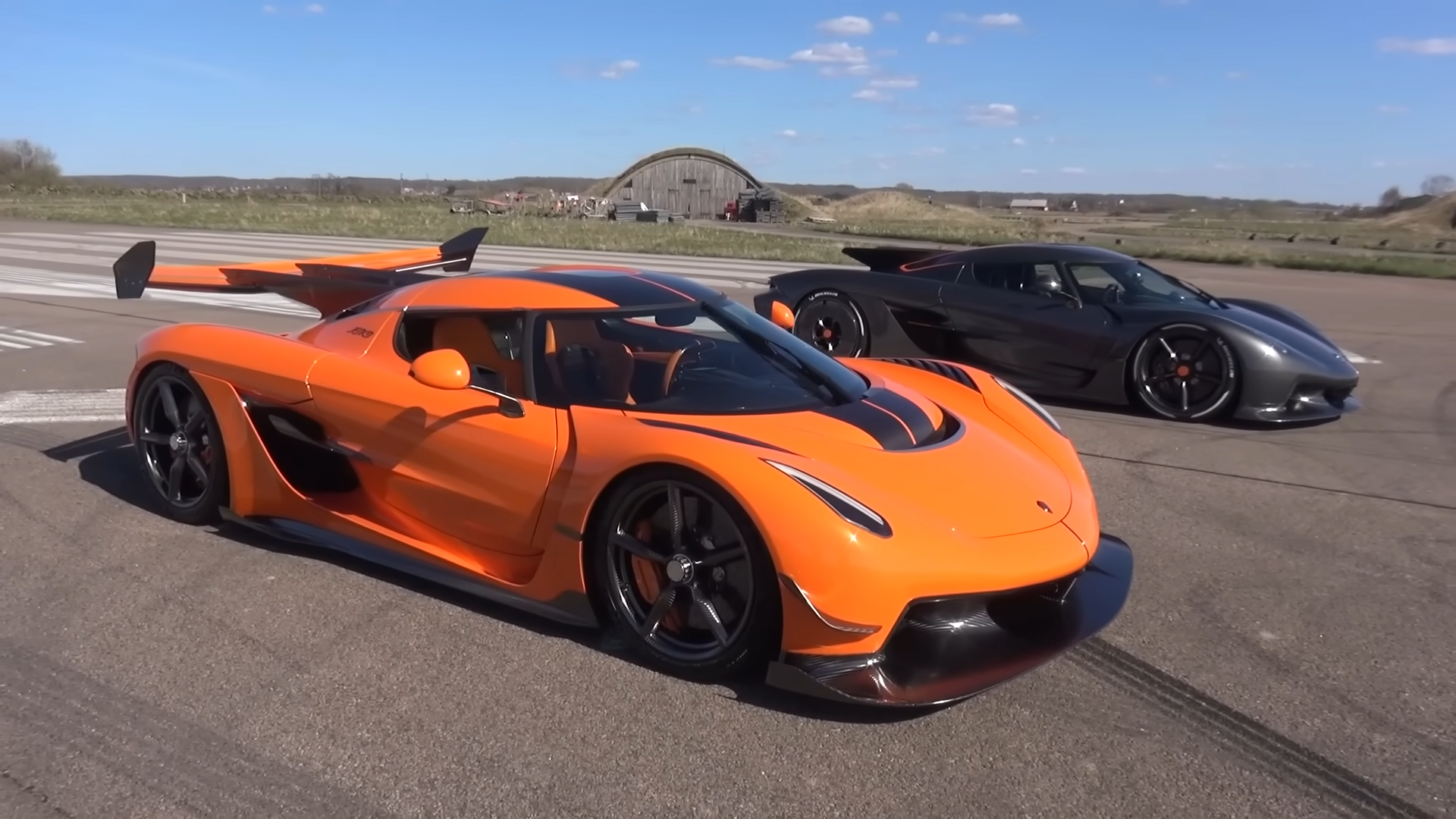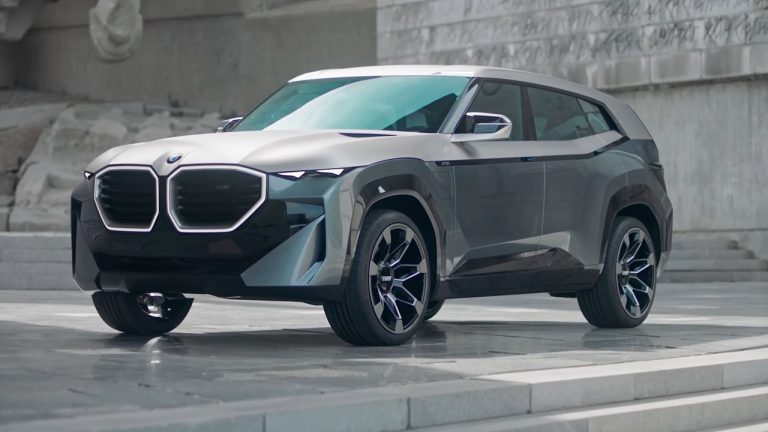Motorcarspecs.com delivers automobile industry news, and its unique content can entice viewers from all over the world. Every day, the Motorcarspecs.com team assists thousands of consumers in conducting vehicle research and comparing pricing on a wide range of automotive products and services. We’ve been pioneering innovative ways for prospective buyers to engage with automobiles and obtain timely and accurate information since January 2020. We created this platform for you, the viewers, to provide an honest evaluation on a relevant automobile, which we will completely review and post on our site.
- Koenigsegg Jesko Absolut ( 0-100 km/h in 1.9 seconds)
- Bugatti Bolide ( 0-100 km/h in 2.17 seconds)
- Bugatti Chiron Super Sport 300+ ( 0-100 km/h in 2.4 seconds)
- SSC Tuatara ( 0-100 km/h in 2.5 seconds)
- Aston Martin Valkyrie ( 0-100 km/h in 2.6 seconds)
- Lamborghini Sian Roadster ( 0-100 km/h in 2.9 seconds)
- McLaren Speedtail ( 0-100 km/h in 3 seconds)
- Pagani Huayra BC Roadster ( 0-100 km/h in 3.3 seconds)
- Hennessey Venom F5 ( 0-100 km/h in 3.4 seconds)
- Koenigsegg Agera RS ( 0-100 km/h in 3.9 seconds)
Top 10 fastest Cars in the World,
When most of us think of the greatest vehicles in the world, we picture those that can travel the farthest and quickest. The velocity of the automobile is an essential component in evaluating whether or not it will be successful on the market. Every single one of the best car manufacturers in the world is renowned for producing speedy automobiles that can go from 0 to 100 kilometers per hour in a couple of seconds. When auto enthusiasts put their foot on the accelerator pedal, they want to get a good sense for how much throttle is available.
The roar of an engine at full throttle is like music to the ears of people who are passionate about automobiles. The highest speed that a car is capable of traveling is crucial since it offers information about the condition of the engine. Below you will find a list that we have developed of the top 10 fastest autos in the world.
Koenigsegg Jesko Absolut
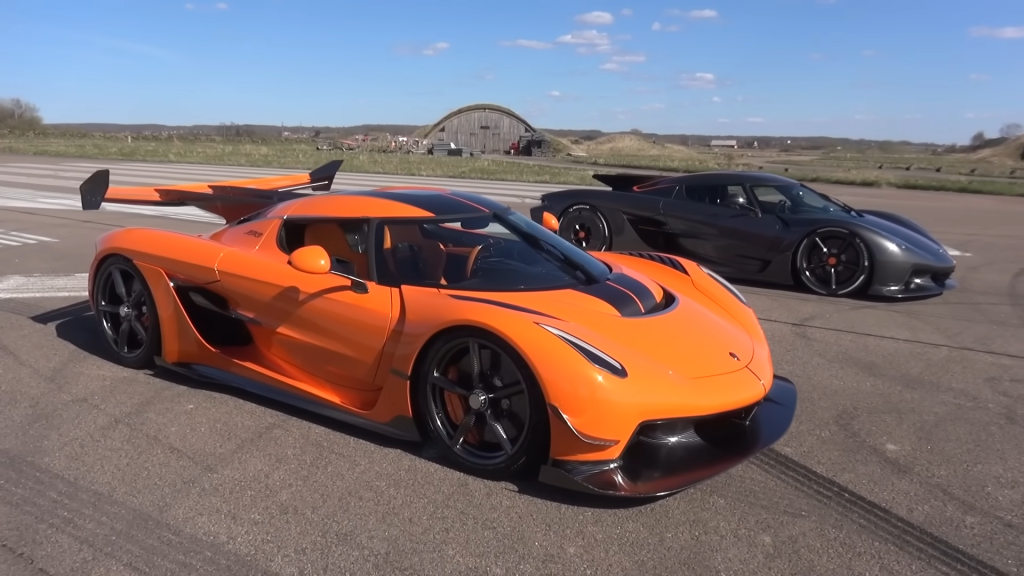
The same in-house made twin-turbo V8 that powers the Jesko produces 1,600 horsepower and is channeled to the rear wheels using a nine-speed Light Speed Transmission invented and constructed by Koenigsegg. The rear wheels are capable of reaching speeds of over 300 kilometers per hour. Amazingly, this gearbox can change gears from any gear to any other gear in a fraction of a second, regardless of the gear.
Although Koenigsegg has not yet made any formal promises on the Jesko Absolut’s performance, it is tough to imagine that it will not be capable of exceeding the 300 mph threshold. According to Christian von Koenigsegg himself, the vehicle ought to be capable of reaching a top speed of 330.5 miles per hour. The Jesko Absolute has a relatively low coefficient of drag of approximately 0.278.
“This car is capable of exceptional speeds; we will most likely be restricted by the road and driver willingness more than the car itself,” stated von Koenigsegg. “We will most likely be limited by the road and driver willingness more than the car itself.”
The Koenigsegg Jesko Absolut’s principal objective is, without a doubt, to beat the Bugatti Chiron Super Sport 300+. At some time, it will have to go up against the Hennessey Venom F5 in a competition. However, according to the regular Jesko, the replies are “limited” and “very costly.” In the meantime, Koenigsegg has not disclosed the total number of manufacturing units or the price of the vehicle.
The production of the Koenigsegg Jesko will be restricted to only 125 pieces, all of which will be purchased very immediately. Each one may be purchased at a starting price of $2.8 million. Because the Jesko Absolut is even more difficult to get and rare, you should anticipate a smaller overall production run and a significantly higher price tag. It’s just the way things are done in the world of ultra-exclusive hypercars.
Bugatti Bolide
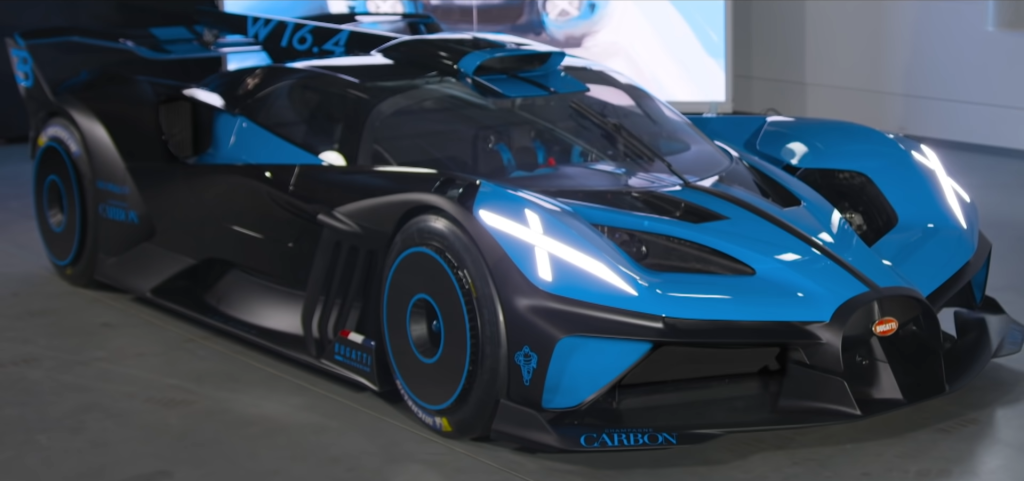
Because it was equipped with an 8.0-liter quad-turbo W16 engine, all-wheel drive, and a seven-speed dual-clutch automatic gearbox like those found in other Bugatti models, the Bolide experimental would have had plenty of torque even if its engine had been left stock. Bugatti, on the other hand, yearned for more. To generate 1,824 horsepower and 1,364 pound-feet of torque, the concept makes use of racing fuel with an octane rating of 110, among other things. When it goes into production, the Bolide will be able to generate 1,578 horsepower and 1,180 lb-ft of torque while running on 98RON gasoline.
The Bolide, when modeled in its full weapons-grade configuration, was capable of reaching 62 mph in 2.17 seconds and 124 mph in 4.36 seconds from a standstill, according to the simulations. It is anticipated that the Bolide will have a top speed that is “far above” 310 miles per hour, and Bugatti brags that it will go from 0 to 60 miles per hour in just 33.62 seconds. You can anticipate a slight decline in these stats given that the production model will have several hundred fewer horsepower available.
Stephan Winkelmann, the CEO of Bugatti, stated that the company “decided to offer unique track days for this extreme vehicle in order to ensure a safe atmosphere at all times and progressively introduce customers to the Bolide’s astonishing performance.” This is due to the fact that the Bolide is a car that can only be driven on the track. As a consequence of this, there is very little that can compete with the Bolide, and it is highly unlikely that a real-world comparison test will be conducted against other limited-edition track specialties. If we were forced to make a comparison, the only cars that come close in terms of drama, exclusivity, and price are the Pagani Huayra R and the Lamborghini Essenza SCV12. Both of these vehicles are manufactured by Lamborghini. Both are helpless, but that does not make them any less remarkable.
So, how much does it cost to buy Bolide? At the current exchange rate, the price of €4 million, which is being asked for the property, is equivalent to approximately $4.7 million. You can bet that the lightest, wildest Bugatti that has ever been produced will only increase in value as a result of the fact that only 40 units are planned to be produced.
Bugatti Chiron Super Sport 300+
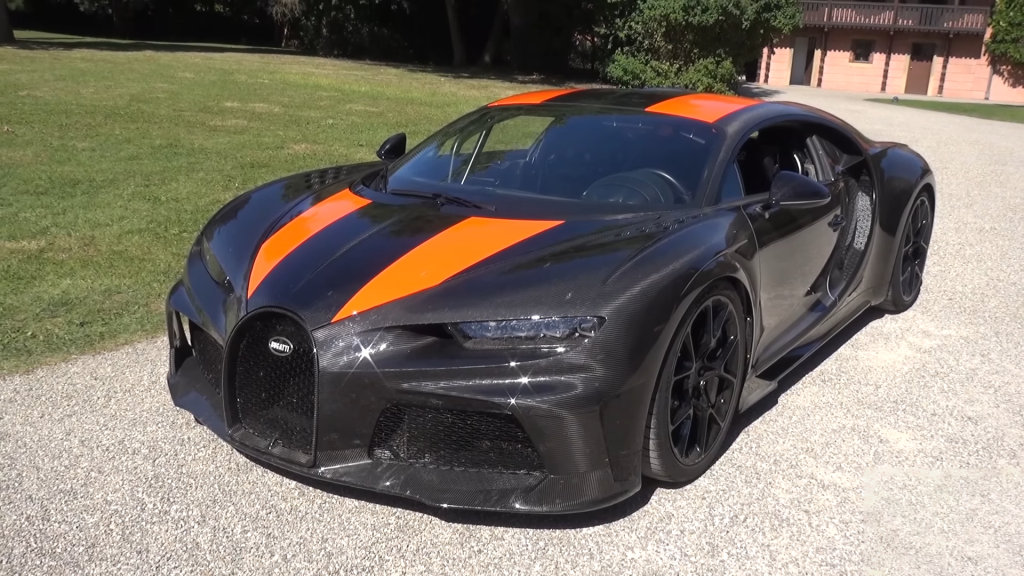
To get a car up to speeds that are close to 300 miles per hour requires not only an exceptionally aerodynamic body design but also a significant amount of power. This is not even close to being an area in which the Bugatti Chiron Super Sport 300+ does not shine. The engine in the Super Sport 300+ is a true feat of engineering; it has eight liters of quad-turbocharged W16 power, which translates to 1,577 horsepower. This is an increase of 100 horsepower over the engine in the standard Chiron. The power is distributed to all four wheels through a dual-clutch, seven-speed automatic transmission. The power delivery is comparable to that of the standard Chiron in that it gives the impression of being limitless and pushes you back into your seat at speeds well in excess of 150 miles per hour. It is important to note that the production car won’t be able to hit 300 mph in its conventional form, so it won’t be able to hold the title of fastest car in the world. Instead, it will reach a top speed of 273.4 mph, and the sprint from 0 to 60 mph will take approximately 2.4 seconds, the same as the standard Chiron.
The EPA does not publish official numbers regarding the amount of gasoline that is consumed, but those who do have the opportunity to purchase such a report will almost certainly stick to the gas station that is closest to their home. If the statistics of the Bugatti Chiron Super Sport 300+ are any indication, driving at speeds greater than 200 miles per hour will result in the depletion of the gas tank much more quickly than you can say “I’m driving 200 miles per hour in a Bugatti Chiron Super Sport 300+.” Due to the fact that the standard Super Sport only achieves 8/11/9 mpg and has a fuel tank that holds 26.4 gallons, the Super Sport 300+ should be able to travel approximately 237 miles on a single fill-up provided that its calculations are accurate.
SSC Tuatara
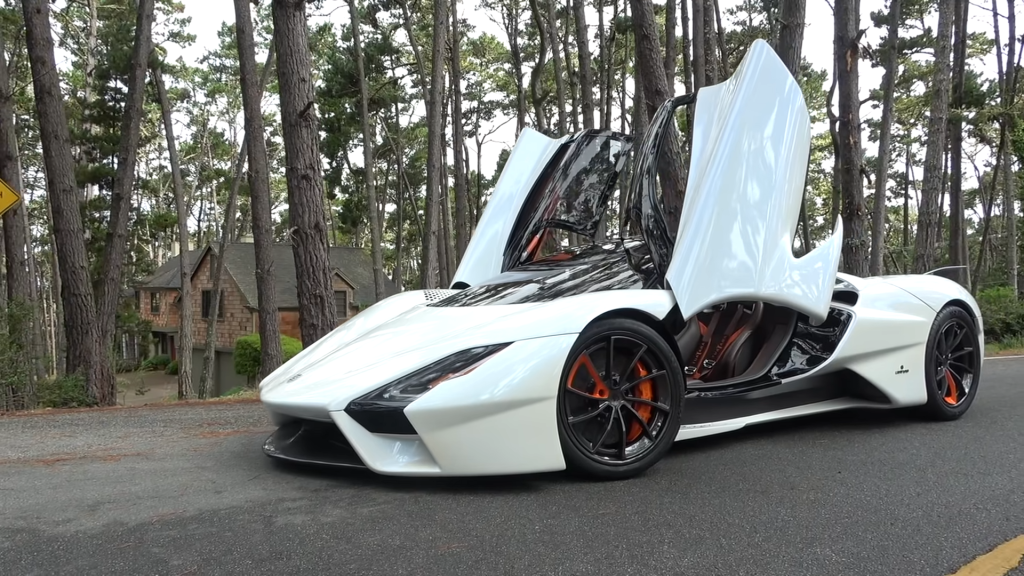
At the Kennedy Space Center in Florida earlier this year, SSC North America’s Tuatara hypercar achieved a two-way average speed of 282.9 miles per hour, which led to the establishment of a new production car speed record. SSC made another effort to break the 300-mph barrier when inconsistencies were found in the previous year’s speed record, which was set at 331 mph. SSC is still working on fresh plans to break the 300+ mph speed record, but it’s possible that the Hennessey Venom F5 will get there first.
Before the next attempt to break the record, SSC has revealed two surprising new variations of the Tuatara race car: the SSC Tuatara Striker and the Tuatara Aggressor. Both of these models are geared toward racing on tracks.
“The Tuatara was designed from the ground up to make a bold proclamation everywhere it travels. It is excellent at anything the driver wants it to do, whether it be a drive through town, a high-speed pass down a runway, or circuits around a challenging course. Jerod Shelby, who started the business and is now its CEO, explains
SSC has upgraded the Striker model with a number of aggressive aerodynamic components, such as a fixed wing, an active rear wing, a vertical stabilizer, and a rear diffuser. These modifications add around 1,100 pounds of downforce when traveling at 160 miles per hour. The addition of new side rockers, a big front splitter, and front dive planes helped to achieve a balanced distribution of downforce, which improved the vehicle’s stability by sending 45.4% to the front axle and 54.6% to the rear axle. An exposed carbon fiber dashboard and Alcantara trim are also available as add-ons for the inside of the vehicle.
Similar to the standard Tuatara, the Striker is propelled by a 5.9-liter twin-turbo V8 engine that, when run on E85 gasoline, is capable of producing up to 1,750 horsepower. All of the power is sent to the back wheels through a manual gearbox that has seven gears. In the event that this is not sufficient, the Aggressor model increases the output to 2,200 horsepower while maintaining the aerodynamic improvements made by the Striker.
Aston Martin Valkyrie
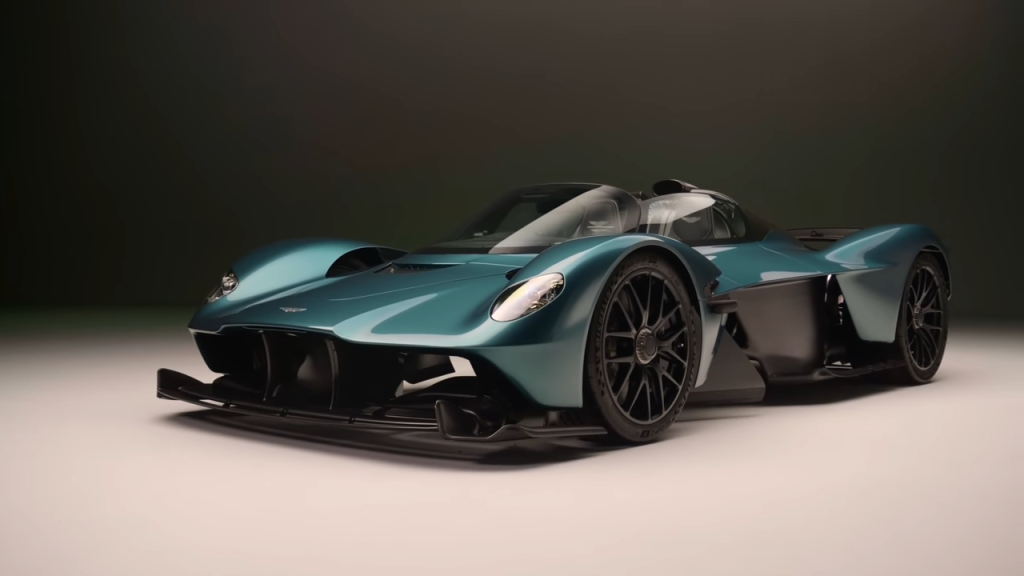
The Aston Martin Valkyrie is without a doubt the most extreme and eagerly awaited model in the company’s history. This powerful road vehicle is the product of a collaboration between Aston Martin and Red Bull Racing. The first verification prototype of the Valkyrie was shown out at the 2019 Geneva Motor Show, which is a strong indication that the vehicle is creepily near to being put into production.
This hypercar will be driven by a naturally aspirated 6.5-liter V12 engine that is capable of producing 1,000 horsepower and 545 pound-feet of torque. The overall output will be 1,160 horsepower at 10,500 rpm and 663 pound-feet of torque at 6,000 rpm thanks to an electric system that was created by Rimac. The electric system will contribute 160 horsepower and 206 pound-feet of torque. It is believed that the vehicle can accelerate from 0 to 62 miles per hour in fewer than three seconds and can reach a peak speed of more than 200 miles per hour. It is very evident that Aston Martin is suppressing information due to the fact that there are only 150 automobiles scheduled for production and all of them have already been sold.
A variant of the AMR Pro that is intended just for use on the track will also be manufactured alongside the road vehicle. Only 25 will be produced, which guarantees Formula One-class performance and the highest level of exclusivity possible. It is anticipated that the street-legal Valkyrie will cost around $3.25 million before any applicable options, and that deliveries will begin in the latter half of 2019.
Lamborghini Sian Roadster

The renowned naturally aspirated 6.5-liter V12 engine seen in Lamborghinis has been brought back into production. This time, though, it is assisted by a 48-volt electric motor, which contributes an additional 34 horsepower to the 785 horsepower that is produced by the V12, for a grand total of 819 horsepower when it rotates at 8,500 rpm. You may anticipate a peak speed of 217 miles per hour and a time from 0 to 62 miles per hour of less than 2.9 seconds.
The electric motor, which is built inside the gearbox and weighs just 75 pounds total, achieves a power-to-weight ratio of 1.0 kilograms per horsepower. A supercapacitor is used as the power source for the motor rather of a pack of lithium-ion batteries. Why? However, it weighs roughly the same as a battery despite having three times the power of a battery. It stores sufficient energy to enable the Sian Roadster to move at extremely low speeds on electricity alone, as as when parking or pulling out of a parking spot, for example. When the gearbox changes gears, the motor sends power to the wheels so that the vehicle continues to accelerate at the same rate.
There will only be 19 Lamborghini Sian Roadsters produced, and each and every one of them has already been purchased. Although the official pricing has not yet been disclosed, the coupes, all of which have been purchased, were priced at $3.7 million apiece. Do the arithmetic to determine whether or not it is financially feasible to purchase an open-top vehicle rather than one with a fixed roof.
At this level, there are very few opportunities for competitors. As an alternative to a normally aspirated V12, the Ferrari SF90 Stradale, for instance, is propelled by a twin-turbo V8 in conjunction with three electric motors. Customers that fall inside this price bracket may even have a plug-in hybrid hypercar like the Koenigsegg Regera parked in their garage. There will ultimately be more supercars and hypercars available on the market that are powered by hybrid, plug-in hybrid, or all-electric drivetrains.
McLaren Speedtail
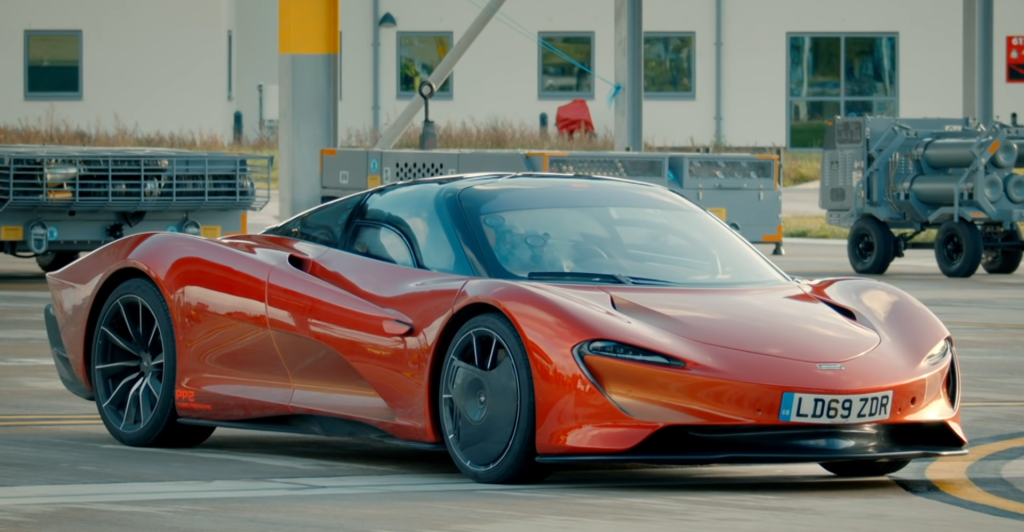
The McLaren Speedtail is a one-of-a-kind tribute to the Formula One vehicles that competed in the 1990s, but rather than being fully retro, it looks to the future by using advanced battery and aerodynamics technologies. The 4.0-liter twin-turbo V8 engine has, thankfully, been kept, but it now receives assistance from an electric system, which allows it to produce 1,036 horsepower and 848 pound-feet of torque.
Because it is equipped with a seven-speed dual-clutch automatic gearbox that sends all of the power to the rear wheels, the vehicle can reach 186 miles per hour in only 12.8 seconds, making it the quickest automobile ever created on the face of the globe. It has a top speed of 250 miles per hour, making it the quickest McLaren that has ever been produced. The interior has a triangle seating design, with two seats constructed from the carbon tub located in the back and a driver’s seat located in the middle that is somewhat forward. The cabin is nearly entirely enclosed in glass from the shoulder height up, and some of the glass is electrochromic so that it may minimize glare and filter harmful rays. There will be a total of 106 residential units built, with an estimated cost of around $2.3 million for each one.
The fact that the McLaren Speedtail is a one-of-a-kind automobile is all the more astounding when one considers the abundance of thousand-horsepower, multimillion-dollar hypercars that are now on the market. Despite the fact that it contains such qualities, it also takes a unique approach to performance and offers an incredible degree of practicality for a vehicle of this grade. In addition to its many other remarkable features, this vehicle is equipped with a wireless charging station for the hybrid system, power-operated dihedral doors, electrochromic glass, and flexible carbon fiber active aero aids.
The EPA estimates that the combined-cycle fuel efficiency of the Speedtail is 12/20/15 mpg, which is lower than the non-hybrid 720S’s 15/22/18 mpg. This is despite the fact that the Speedtail is equipped with electrical assistance. It is very clear that the hybrid system that is installed in the Speedtail is intended more for power and performance than for fuel economy.
Pagani Huayra BC Roadster

An AMG twin-turbo V12 engine is utilized in the Roadster BC, just as it is in the other Huayra models. The 6.0-liter engine, on the other hand, has been adapted specifically for this use, and it sends all of its power and torque to the back wheels. It produces 791 horsepower and 774 pound-feet of torque. In order to assist the V12 in accomplishing its tremendous outputs, the size of the turbos has been increased, four water-air intercoolers have been fitted, and the engine management system has been brought up to speed. It is equipped with a single-clutch automated manual gearbox from Xtrac, which has seven different speeds and is significantly lighter than dual-clutch gears. Even while the gearbox shifts gears substantially more smoothly than in the past, precise throttle modulation is still required for accurate gear changes. Despite this, it represents a substantial leap forward in comparison to preceding SMG units produced by BMW. The thrust that comes from the engine is more important than the transmission shifts while you’re driving on an open highway. Even though the Roadster BC’s official performance statistics has not yet been made public, it is reasonable to predict that the vehicle will reach 60 miles per hour in fewer than three seconds. In addition, passing power is severe, and if there is sufficient asphalt, a high speed of far over 200 miles per hour is achievable.
The EPA expects that the Roadster BC will achieve 10/15/12 mpg in the city, on the highway, and in mixed driving conditions. As a point of comparison, the previous-generation Huayra Coupe, which had a little less power than this model, got 11/17/13 mpg. You may anticipate a range of around 234 miles with a petrol tank that has the capacity to hold approximately 19.5 gallons of fuel.
Hennessey Venom F5
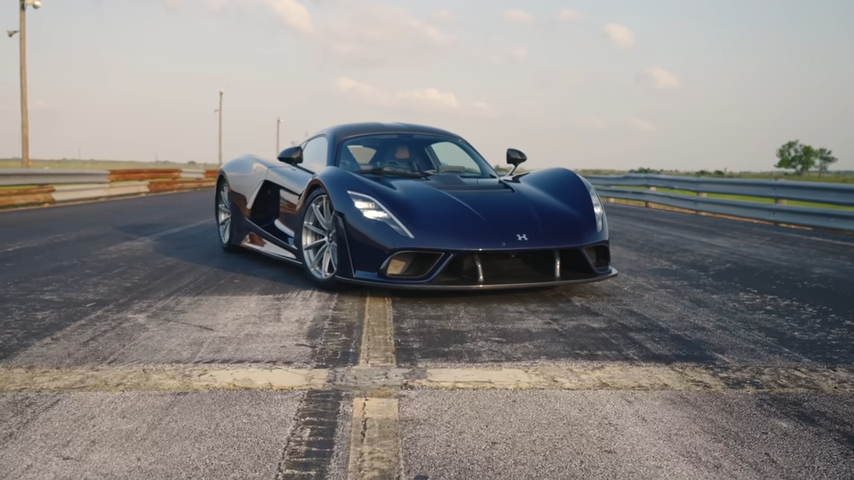
It is no longer possible to purchase a Hennessey Venom F5. According to the head of motorcarspecs.com, John Hennessey, all twenty-four of the twin-turbo V8 hypercars have been purchased. They won’t reach 300 mph until much later in the race.
During Monterey Car Week in California (both The Quail and Pebble Beach Concours), a pair of production Venom F5s were on display. Their presence helped to move the remaining few cars into the hands of their owners, who were likely overjoyed with their purchase.
“Selling out is just the beginning of the F5 adventure for us, our customers, and our fans,” Hennessey explained further. “Production has already begun, and we will begin delivering products to customers starting this year and continuing until 2023.”
He said, “We’ve kept a couple more surprises for the F5, including the Track Pack enhancements, in addition to something else that’s truly out of this world.” Is Hennessey attempting to harness his inner Dom from Fast and Furious by sending his Ferrari into space? Now all we can do is wait and watch what happens.
For the time being, we are able to share with you that the 24 Venom F5s that are scheduled to undergo production will each have a price tag of $2.1 million. Each one is outfitted with a tank that has a capacity of 6.6 liters and has been given the name “Fury” by the team. It is a significantly modified LS V8 engine with a bore of 6.6 liters, titanium compressor housings that were 3D printed, and a pair of turbochargers. Even the interior components of the engine are reported to weigh very little.
According to Hennessey, it boasts a redline of 8,000 rpm, 1,792 horsepower, and 1,193 pound-feet of torque. Hennessey also claims that it is “the most vicious engine we have ever developed.”
Koenigsegg Agera RS
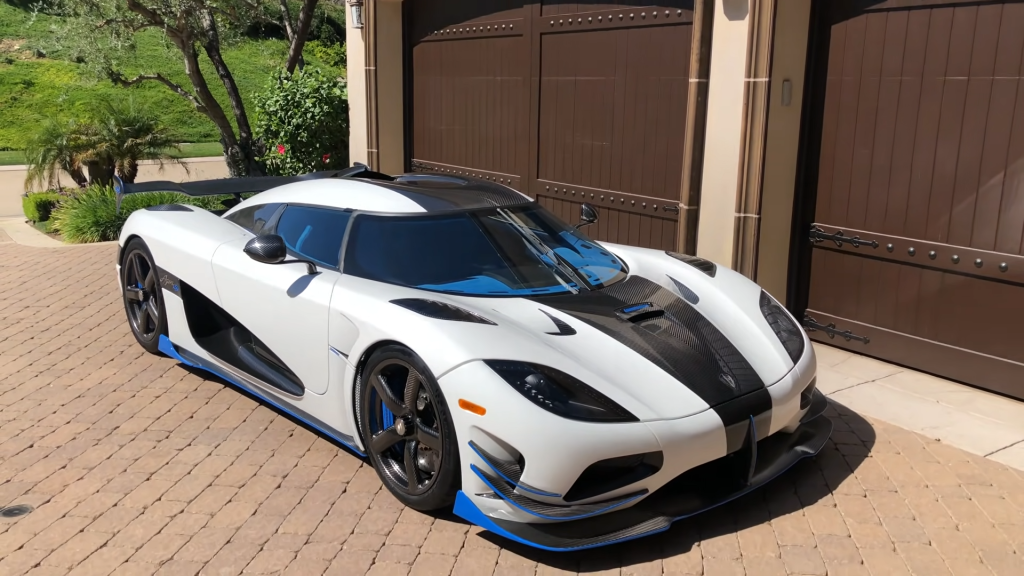
The Agera RS comes equipped with a 5.0-liter twin-turbo V8 engine, which produces 1176 horsepower and 940 lb-ft of torque in its standard configuration. These figures go up by one megawatt to a total of 1,360 horsepower and 1,000 pound-feet of torque. Because of the modification, the Agera RS can reach 60 miles per hour in fewer than 2.9 seconds and 124 miles per hour in fewer than 7 seconds. This is something that can be done despite having traction-limiting rear-wheel drive, and a 7-speed paddle-shift transmission is something that comes standard.
The RS currently holds a number of different performance records, including the record for the highest top speed of any road car that has ever been built (277.9 mph), which it set in 2010. Even when operating on standard fuel, the engine is designed to deliver maximum output; additionally, in certain markets, it is also compatible with E85 ethanol.


